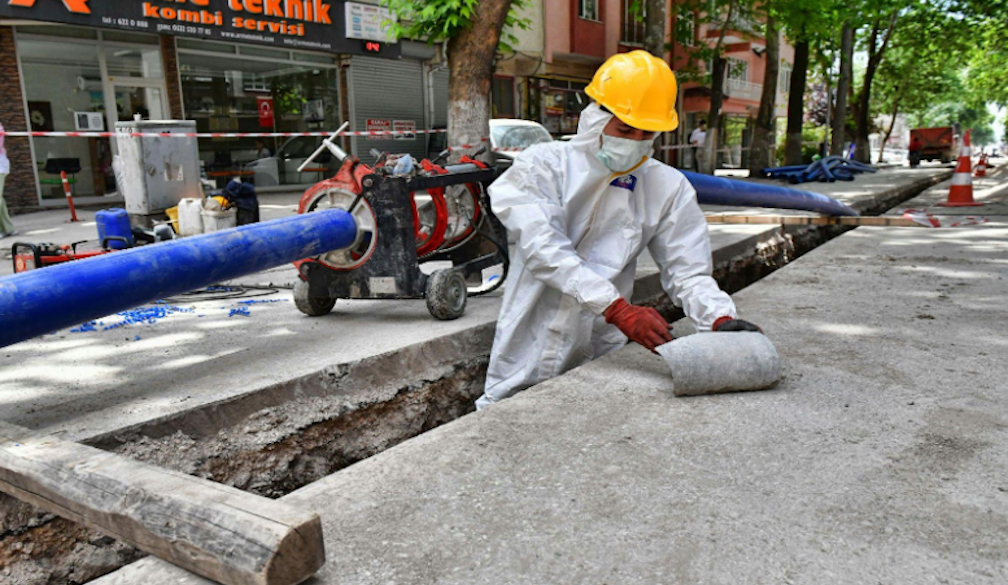Why Is Asbestos So Dangerous? Always Handle Asbestos Carefully

Australia's industrial landscape still grapples with a perilous legacy, one left by the pervasive use of asbestos across the construction and manufacturing sectors. Its insulating prowess and fire-resistant properties painted an allure so enticing that it was adopted in droves. However, this hazardous material's story has taken a menacing turn, posing a threat that must be strenuously managed.
An Epoch Awash with Asbestos
Throughout the 20th century, asbestos was hailed as a panacea for structural robustness. It found a ubiquitous presence in roofing, flooring, insulation, and even in various automobile parts, attributed to its impregnable durability and resistance to heat. Yet, despite the stringent ban levied in 2003, the spectre of asbestos continues to loom, particularly in older edifices.
Understanding this historical narrative is of paramount importance. Structures erected prior to the 1990s, in all likelihood, nurse an asbestos heart, threatening to endanger lives during renovations, demolitions, or mere maintenance chores.
The Silent Killer: Asbestos Exposure
Disturbing asbestos fibres ushers them into the air, creating a payload of catastrophic consequences when inhaled. The microscopic fiends nest in the lungs and other tissues, triggering inflammation, scarring, and a parade of devastating diseases:
- Mesothelioma: A rare, yet malignant cancer primarily wreaking havoc on the lining of the lungs, and occasionally the abdomen and heart. This disease is nearly the exclusive progeny of asbestos exposure.
- Asbestosis: A chronic condition resulting from asbestos-induced scarring, leading to profound respiratory issues and diminished lung functionality.
- Lung Cancer: The shadow of asbestos significantly inflates the risk of developing lung cancer, particularly among smokers.
These health ramifications often surface several decades post exposure, underscoring the exigency for preventive measures and early detection.
Mitigation: A Matter of Life and Death
In light of these grim health risks, the need for meticulous asbestos handling could not be more pressing. Construction professionals must abide by stringent regulations and adopt rigorous safety practices to curb exposure and safeguard both workers and the general public. This includes using an appropriate asbestos vacuum cleaner at Australian Industrial Vacuum and only dealing with the material when trained.
Legal Repercussions and Public Health
Asbestos mishandling not only jeopardises lives but also provokes substantial legal and pecuniary ramifications. Australia's stringent regulations on asbestos management encompass:
- Safe Work Australia guidelines tantamount to a legal mandate for asbestos identification, risk evaluation, and management plans.
- Compulsory training and licensing for asbestos removalists.
- Heavy penalties and potential criminal charges for compliance breaches.
Best Practices for Asbestos Handling
Paving the path to safety and compliance involves:
- Identifying and assessing the presence of asbestos via meticulous inspections.
- Equipping workers with appropriate personal protective equipment such as respirators and disposable coveralls.
- Utilising containment methods like wetting materials and sealing work areas to prevent fibre release.
- Adhering to regulated protocols for asbestos disposal.
The menacing legacy of asbestos continues to haunt Australia's construction industry. Through a firm comprehension of its perils and steadfast adherence to stringent handling protocols, construction professionals can shield themselves and the public from the dire effects of asbestos exposure. The key lies in staying informed, ensuring strict compliance, and always prioritising safety when confronting this hazardous material.






